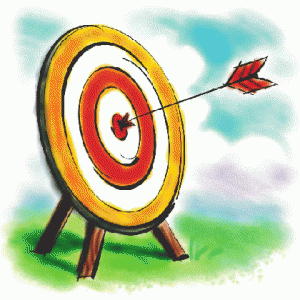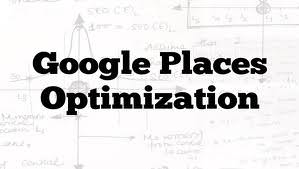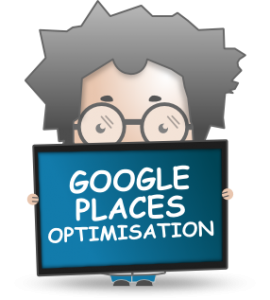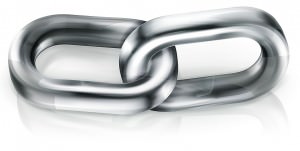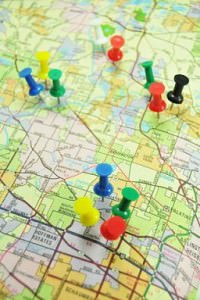If you want to drive more visitors to your website, you need to focus your efforts on Google Places Optimization, or Google Places Optimization. When your website is optimized, the visibility of your website is improved because it will show up higher in search result rankings. There are many approaches to Google Places Optimization, and much has been written on the topic. This article will describe some of the basic techniques that you can start learning if you want to improve the optimization of your website.
Google Places Placement & Google Places Optimization
 Google Places Optimization is all all about the right placement of keywords. Search engine spiders crawl over every page of every website on the web and indexes the words that it encounters. It uses a complex set of algorithms to rank a page according to the words that it finds. When a web user types in some keywords to find information on a topic, websites that are ranked the most highly for those keywords will appear at the top of the list.
Google Places Optimization is all all about the right placement of keywords. Search engine spiders crawl over every page of every website on the web and indexes the words that it encounters. It uses a complex set of algorithms to rank a page according to the words that it finds. When a web user types in some keywords to find information on a topic, websites that are ranked the most highly for those keywords will appear at the top of the list.
One effective place to use keywords is in the title tag of your web page’s code. Search engines use the words in this same field to display your your website on search results. A related field is the description tag. Put in key phrases in this tag which search engines will display after the title information of your search result entry.
When you create your website, avoid using frames or elements that search engine crawlers cannot index. Information put in a frame is really not part of the linked section of the website. Therefore, the spider cannot make an association of the relationship between the framed content and the rest of the website. This causes you a disadvantage because your website will not be able to benefit from the valuable content that you put in the frame.
Elements such as Flash objects also pose a problem for search engine crawlers. Content in a Flash object is inside the object, but not in the web page code. There is no text in the code for the spider to index. Your Flash object can have the best information, but that will be lost in terms of search engine value.
You can use images, but when you do so, so include helpful descriptions of your images in the image’s “alt” attribute. The image file itself is not a file type recognized by search engine crawlers. However, the description that you put in will be indexed properly.
Avoid using images to convey an important idea when you can do it in more detail with words. Images are good to reinforce the main idea, but they should not be relied on as the primary source of content.
Use your keywords in headlines and paragraph headings. These fields carry more weight in the eyes of the search engine.
Implement your Google Places Optimization strategy and refine it as you go along. It will take time for you to find the right balance. Be patient and monitor your results, and you should see your page rank move up gradually.
